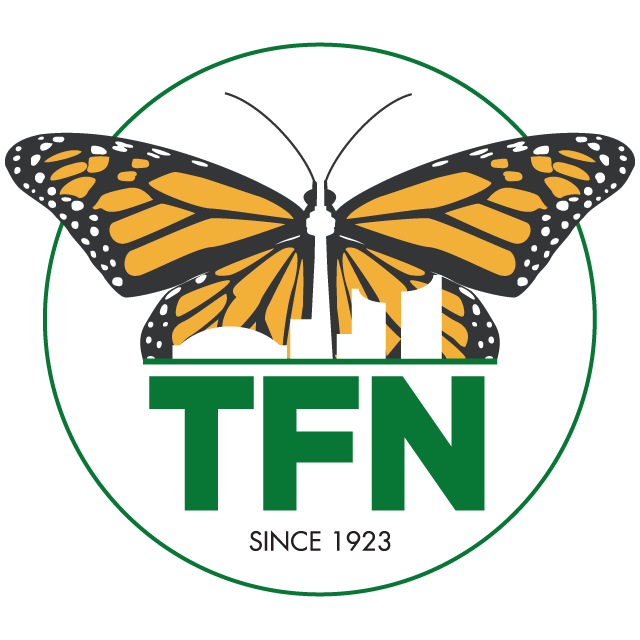by Jason Ramsay-Brown
It’s funny the things we don’t think to question. Some time before I was ten years old, my mother taught me that song sparrows were called chickadees. I never had any reason to question this. Even if I had, those were the days before the Internet, where fact-checking such a thing would have required a trip to the library. So, you can imagine my surprise when, decades later, the first proof copy of my book Toronto’s Ravines and Urban Forests was returned to me with a corrected caption underneath a photo of a song sparrow.
I had a similar experience just recently when my good friend and fellow TFN member, Bruce Thompson, sent me the short missive “… further to your contention that monarch butterflies are restricted to the Americas (Nature Now Episode #33), not so it seems.” A link to the Laidback Gardener floated just above his signature, propositioning me to check my until-then-unacknowledged assumptions. So I did, because if my years with TFN has taught me anything it’s that nature’s wonders and delights are absolutely limitless, and new discoveries lurk around every turn.
Yes, the monarch (Danaus plexippus) is native to the Americas but, as I’ve now discovered, that hardly means it’s limited to the Americas. When a half a gram butterfly is capable of travelling thousands of kilometres in a single season, the ability for a few of them, accidentally or otherwise, to end up in odd and unusual places is perhaps not at all surprising.
A quick check of iNaturalist brought to light observations in the United Kingdom, Spain, and Portugal (including the Azores & Madeira). Morocco has seen its own fair share. The Canary Islands, Hawaii, American Samoa, Fiji, Mariana Islands, Australia, and New Zealand, all have been paid visits by these slight and beautiful travelers. Logically, all this may not be surprising, but to say I was personally gobsmacked would be an accurate statement.
So down the rabbit hole I went. UK Butterflies calls the monarch “one of our rarest migrants” and claims that the first recorded sighting in the British Isles was made “by a schoolboy … on 6th September 1876 in Neath in south Wales”. In his 1993 paper The Columbus Hypothesis, author Dick Vane-Wright explores the “dramatic 19th century colonization of Pacific and Atlantic islands by the monarch”. The paper A new hostplant for Danaus plexippus in Europe (Felipe, Gil-T. 2006) asserts that monarchs had established colonies in the Iberian Peninsula in the ’80s and ’90s, and “re-established themselves with a complete biological cycle, in coastal areas of the provinces of Granada and Almeria” in 2001-2005. Then, of course, there’s those show offs that made the 64,000,000 kilometre trip to the International Space Station back in 2009-2010. The sheer volume of excellent reading material on monarch populations outside of the Americas and Caribbean is, frankly, a bit overwhelming – but all of it fascinating.
It will take months to read through even a fraction of the literature available – so, apparently, I have a new hobby! In the meanwhile, I’ll never look at monarchs the same way again.

